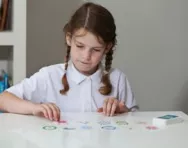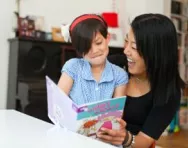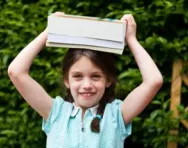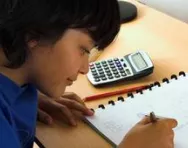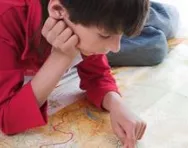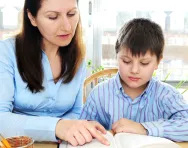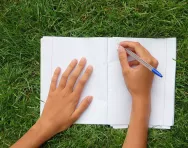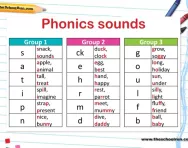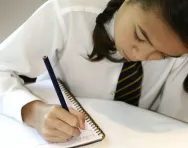TheSchoolRun.com closure date
As we informed you a few months ago, TheSchoolRun has had to make the difficult decision to close due to financial pressures and the company has now ceased trading. We had hoped to keep our content available through a partnership with another educational provider, but this provider has since withdrawn from the agreement.
As a result, we now have to permanently close TheSchoolRun.com. However, to give subscribers time to download any content they’d like to keep, we will keep the website open until 31st July 2025. After this date, the site will be taken down and there will be no further access to any resources. We strongly encourage you to download and save any resources you think you may want to use in the future.
In particular, we suggest downloading:
- Learning packs
- All the worksheets from the 11+ programme, if you are following this with your child
- Complete Learning Journey programmes (the packs below include all 40 worksheets for each programme)
You should already have received 16 primary school eBooks (worth £108.84) to download and keep. If you haven’t received these, please contact us at [email protected] before 31st July 2025, and we will send them to you.
We are very sorry that there is no way to continue offering access to resources and sincerely apologise for the inconvenience caused.
How multi-sensory learning works
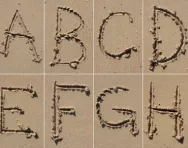
If your child is struggling with literacy, employing a new sense can help to add a new perspective to a topic. The idea is that your child can use a multi-dimensional approach – with more chance of success.
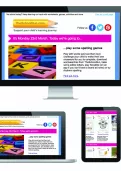
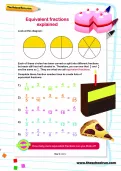
Start a unique learning programme!
- Weekly programme for each school year
- Worksheets sent direct to your inbox
- Keeps your child's learning on track
Make learning fun
Here are some multi-sensory methods you can try:
Audio
This can work in two ways. Singing can help children learn spellings (think chanting ‘M - i - double s - i - double s – i – double p – i’ to spell ‘Mississippi’) and enable them to ‘sound out’ in their head. Listening to recordings of poetry or stories that children are working on also helps children mentally process and understand the pieces of work.
Visual
Digital camcorders enable children to film themselves doing an activity, play it back, and assess how they have done. This technique can help children to increase their confidence by seeing how they have completed a task. The films can also be used to measure progress.
Touch
Children can learn to process information by being able to feel what they are doing, such as practising writing in sand or on carpet with their fingers, or making letters using modelling clay.
Movement
Also known as Educational Kinesiology, this is movement combined with learning. It involves using natural core and motor skills to improve areas such as memory, concentration, handwriting and communication skills.
Smell
Introducing the smells relating to a topic, such as what a particular environment would smell like. Would it be fresh, sour, delicious, unpleasant? The smell response can evoke ideas that can be used in storytelling and give meaning to words.
Kinaesthetic imagination
This involves discussing how something would feel, sound or smell to evoke an imaginative response, widening your child’s vocabulary.
How do these methods help?
Consider how you read or write a story. Think about the way a scene is set and the responses it evokes – all of the senses are called upon. Multi-sensory techniques add to a child’s literacy skills by helping them use their imagination for creative storytelling, including the use of characters, language and scene setting. They develop the tools with which to describe what the character might see, say or feel.
In other topics, multi-sensory techniques can aid memory by putting an extra dimension to the topic. Instead of just reading about a period of history, for example, they can visualise and imagine how costumes might feel or they might listen to how music of that period sounded or taste a popular food of the time.
Multi-sensory techniques can also be especially helpful with learning spellings. Encourage your child to try chanting or singing difficult spellings, which can help the mind absorb them. Or try using sand or glitter in a tray to help children to learn to write their letters with their hands. Another fun activity is to make letters out of modelling clay, cookie dough or fudge.
Not everyone learns well by rote. By introducing the sense of touch or by modelling the letters, children can practice their spelling and also have a greater connection to the way letters are formed.
Other resources:
Spelling Made Magic by Clare Winstanley is available now from TheSchoolRun's book shop.
